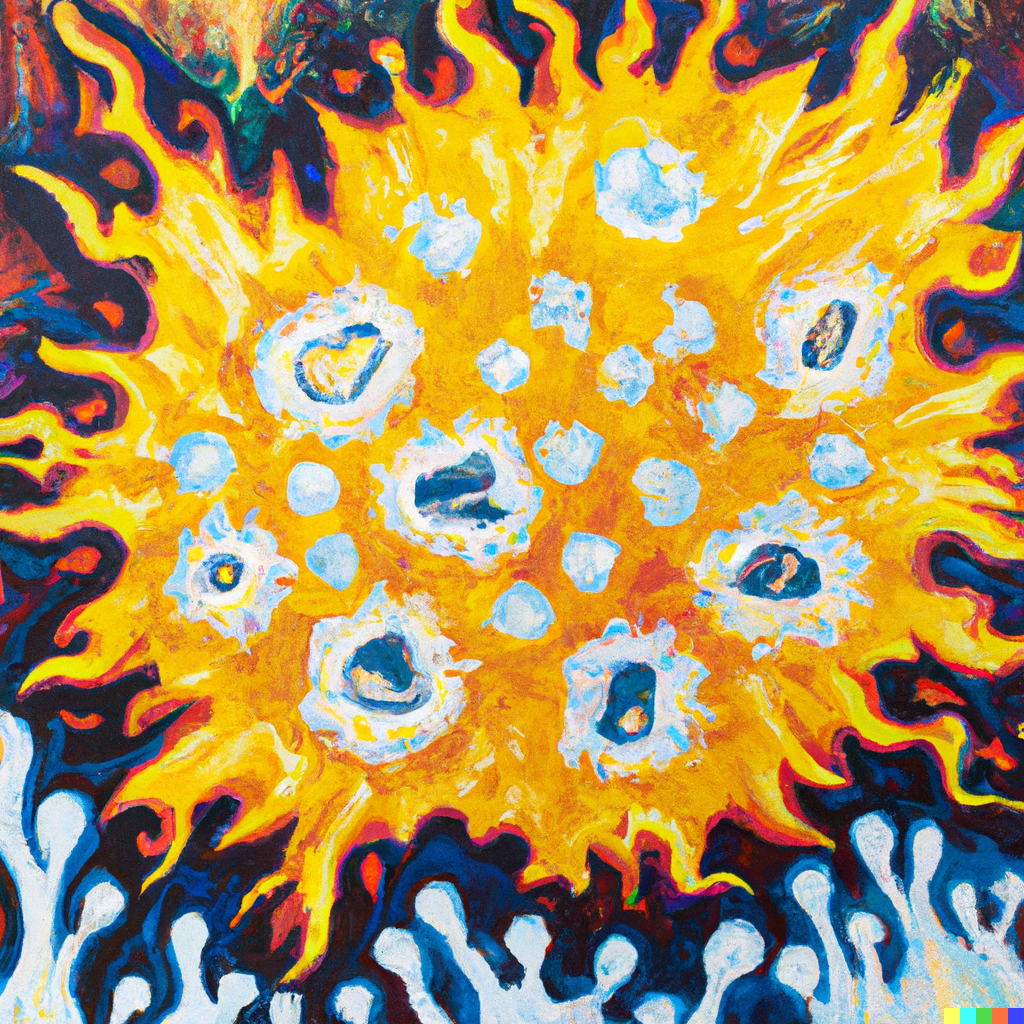















Cell soup in screens
In a screening experiment, genes are transduced into cells to determine their effects. Transduced cells can burst, spilling their contents into the surrounding media. As a result, sequenced droplets can contain RNA-sequences from other cells, complicating efforts to identify transduced factors. This paper develops a systematic approach to this problem by (1) deriving an exact form for the distribution of observed noise counts assuming that they are the result of cells bursting and mixing through a large volume, and (2) applying this distribution to label cells with their transduced genes. Experiments support that all exogenous genes can be described by a single noise model with shared parameters. The labeled cells can then be translated into better understanding of genes' effects on cell type and function.
Submitted (2023)